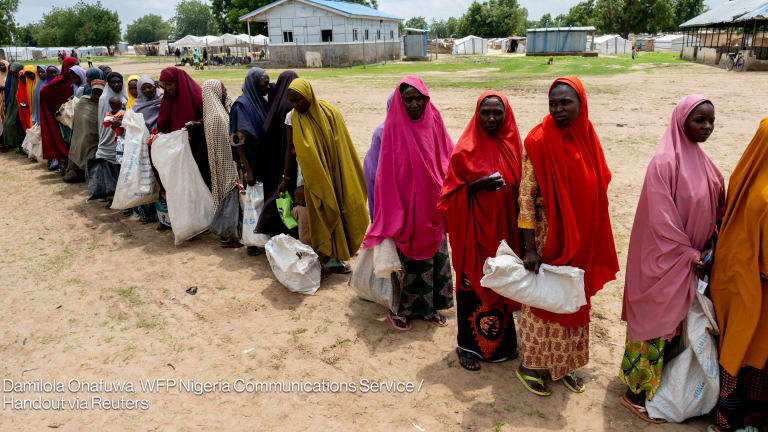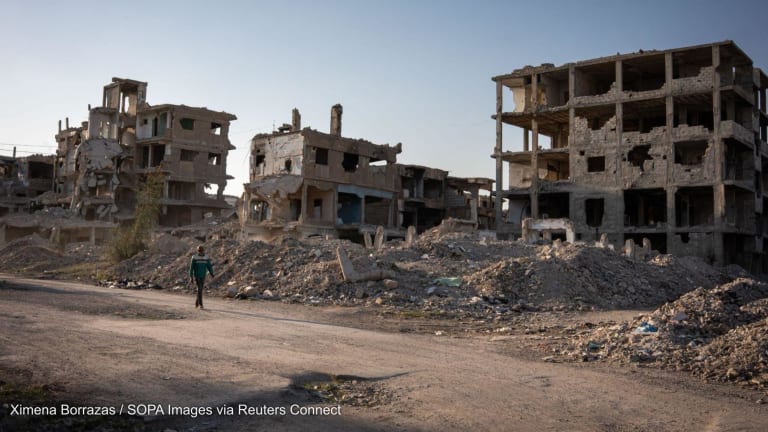Building local capacity has increasingly become a vital component of humanitarian and development programming. The problem, however, is when different groups have different definitions and expectations of what it should look like in practice — as in the case of Syria.
For some international aid agencies, capacity building entails holding workshops to train national organizations that are increasing in size and scope on how to manage their growing finances better or what to do when faced with a logistical impediment.
When you ask Syrian groups, however, their expectation is they will be trained on how to manage their growing and geographically dispersed staff, or write complex funding proposals to win grants from the U.S. Agency for International Development or the U.K. Department for International Development, two of the largest donors to the Syrian crisis.








